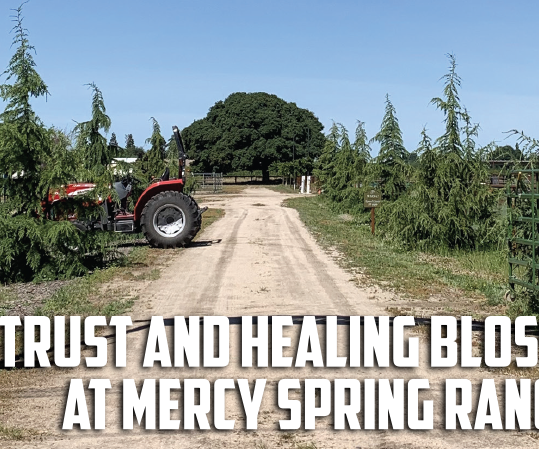Hostas are very strong plants and feel at home in many places. With their beautiful leaves and ease of care, these perennials are very popular right now. There is plenty of choice in colors and patterns: from dark green to blue and from spotted to variegated. Versatile hostas will bring you months of joy, year after year.
Color variations
Hostas originate from northeast Asia. In 1784, the first seeds were brought from the Chinese port of Macau to the Jardin des Plantes in Paris. Initially a true collector’s plant, today this perennial is loved by a varied audience. This is hardly surprising, given the beautiful leaves in all sorts of sizes, shapes and color variations from blue-gray to variegated white-green. What’s more, in summer, graceful stalks bearing white, blue or lilac flowers also make an appearance.
Where to plant hostas
Hostas like moist soil and organic fertilizer. Most hosta species thrive in a semi-shaded spot. The guideline here is that blue-leaved hostas do well in the shade and that yellow-leaved ones can handle a little more sun. The more variegated the leaves, the less sun they will tolerate. Hostas with thicker leaves, on the other hand, can tolerate more sun. They look great in ornamental pots, in a mixed border, on water banks and as solitary plants. The lowest variety will grow to about 4 inches, while the tallest can grow higher than 3 feet.
Keeping snails away
Many hostas suffer from slug infestations. Fortunately, there are plenty of environmentally friendly methods to protect your hostas against snails. A regular snail-catching session at dusk will go a long way. Setting up a wide circle with broken shells or coffee grounds around your plant (or pot) can also work as a slug barrier. Spraying hostas with garlic powder dissolved in water should also keep snails at bay.
Fun idea
Create a hosta corner featuring plants with different leaf colors. Position taller varieties behind low-growing ones.
FUN FACTS
- Hostas are also known as plantain lilies.
- There are more than 7,000 different hosta varieties.
- The plant got its name from Emperor Franz I of Austria’s physician: N. Th. Host (1761-1834).
- Some hosta flowers smell divine!
- Hostas are not evergreen. In autumn, this perennial will die back, and sprout again in the spring.
- Hostas are perfectly hardy. Some varieties can easily handle temperatures as low as -40 degrees Fahrenheit, including in pots!
- Variegated hostas are also known as streakers, and no two leaves are ever the same.





